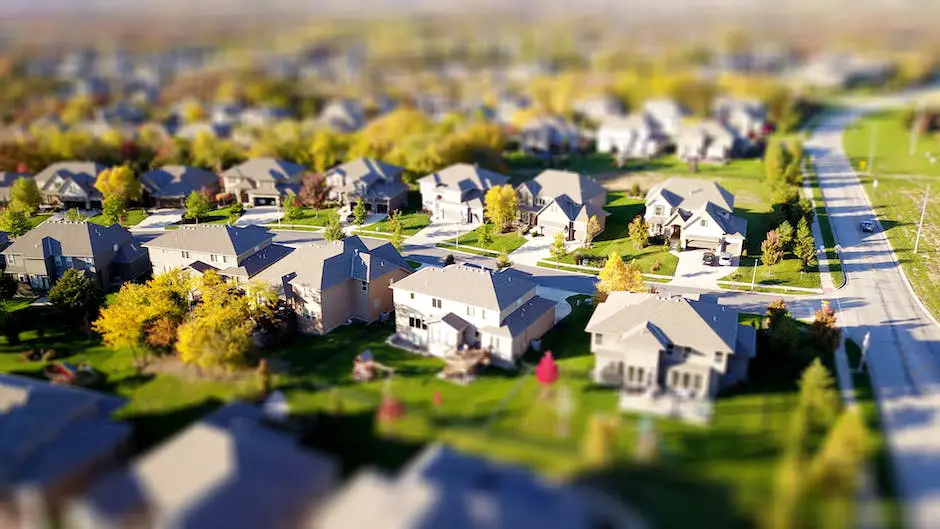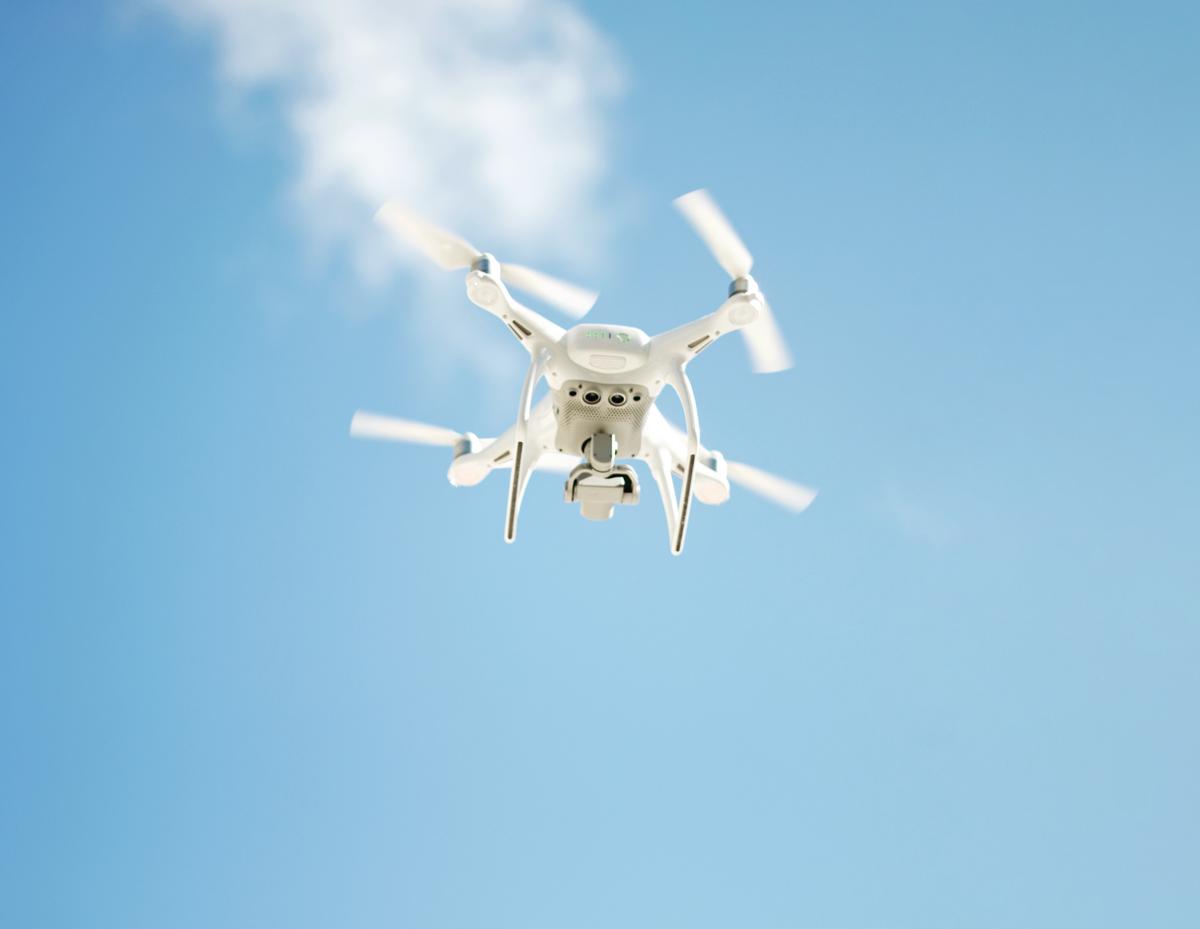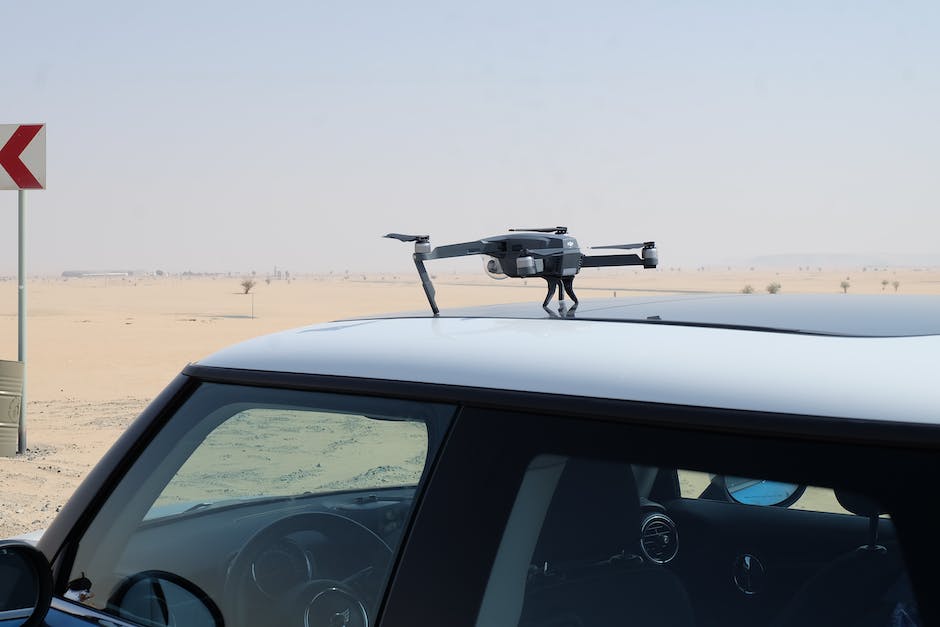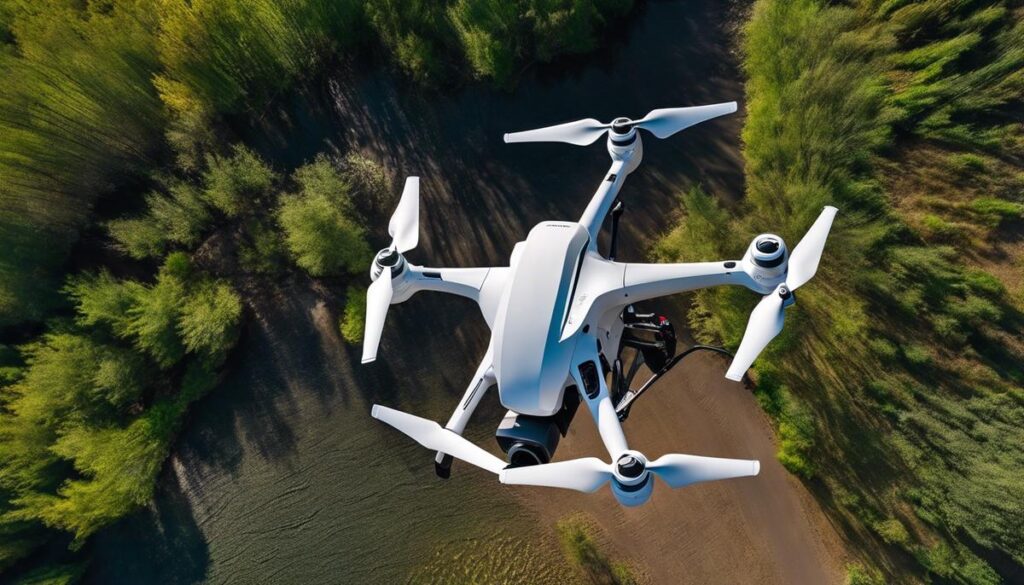As drone enthusiasts and hobbyists, being knowledgeable about drone insurance is essential for protection and peace of mind. This article covers various aspects of drone insurance, including the types of coverage available, factors affecting insurance premiums, requirements, and regulations, choosing the right provider, and navigating the claims process.
Types of Drone Insurance
As drone technology continues to advance and become more popular for both commercial and enthusiast use, understanding drone insurance options is essential for reducing potential risk and liability. There are several types of drone insurance, including liability coverage, hull coverage, and personal injury coverage. Liability coverage is perhaps the most important type of insurance, as it protects the drone operator from third-party claims due to property damage or bodily harm caused by their drone. Having sufficient liability coverage in place not only safeguards the drone pilot financially but also helps ensure a level of professionalism and safety in the fast-growing industry of commercial drone use.Hull coverage is another critical aspect of drone insurance geared towards protecting the drone itself. Hull insurance provides coverage to repair or replace the drone in case of damage or loss, such as if the drone crashes, is stolen, or is damaged during transport. Hull coverage is particularly important for commercial drone pilots, as the value of the equipment can often be quite significant, and replacement costs can quickly add up.Personal injury coverage, on the other hand, focuses specifically on the protection of individuals harmed during drone operations. This type of insurance would aid the drone operator in covering medical expenses and legal fees, should an accident occur that injures someone on the ground or causes property damage.For both drone enthusiasts and professionals, it is essential to carefully evaluate the specific needs and circumstances when selecting drone insurance. This involves considering factors such as whether the drone will be primarily used for commercial or hobbyist purposes, the value of the drone and associated equipment, and any legal jurisdiction and regulatory requirements that may apply. By choosing the right drone insurance policy, drone operators can achieve financial protection and peace of mind.

Factors Affecting Insurance Premiums
One of the primary factors influencing the cost of drone insurance premiums is the type of drone being insured as well as its value. Insurance companies take into consideration factors such as the drone’s size, weight, and capabilities since these can directly impact the potential risk associated with operating it. For instance, a large, high-powered drone is more likely to cause significant damage or injury than a smaller, less powerful model. Consequently, a more expensive drone can result in a higher premium due to the increased cost of repairs or replacement. Moreover, the purpose for which the drone is being used also plays a crucial role in determining insurance premiums. In most cases, commercial use will result in higher premiums as compared to recreational use due to factors such as increased frequency of flights and the likelihood of operating in higher risk environments.

Insurance Requirements and Regulations
This distinction between commercial and recreational drone use also extends to the insurance requirements and regulations in the United States. While insurance is not mandatory for hobbyists or recreational drone users, it is highly recommended to protect against potential damages or liability claims. Many drone enthusiasts opt for coverage through their homeowner’s or renter’s insurance policies, or they may choose specialized drone insurance from various providers. Regardless of the chosen option, it is essential for drone operators to thoroughly review and understand the coverage of any policy to ensure it fully meets their needs. Furthermore, other determinants such as pilot experience, geographical location, and coverage limits significantly influence drone insurance premiums, requiring drone owners to carefully weigh their coverage needs against their budgetary constraints.
Commercial drone users, on the other hand, are required by the Federal Aviation Administration (FAA) to have insurance coverage for their operations. The minimum coverage required can vary depending on factors such as the weight of the drone, the nature of the operation, and the potential risks involved. In addition to obtaining insurance, commercial drone users must also adhere to the FAA’s Part 107 regulations, which includes obtaining a remote pilot certificate, registering the drone with the FAA, and following specific operational guidelines.
As a drone enthusiast or hobbyist, staying informed about drone insurance is crucial, particularly for drone racers who often participate in competitive events. These high-speed pursuits increase the risk of damage or injuries, and many drone racing organizations and events even require competitors to have insurance coverage to participate. Beyond insurance, drone racers must adhere to various safety guidelines and regulations to minimize risks during their races. With drone technology continually advancing, it’s essential for both enthusiasts and professionals to stay up-to-date with the evolving insurance requirements and regulations, ensuring responsible and enjoyable drone operation.

How to Choose the Right Insurance Provider
When it comes to selecting the right insurance provider for your drone, it’s crucial to compare coverage plans to ensure you’re getting the best deal. Start by researching various insurance companies and the specific drone insurance plans they offer. Evaluate the coverage limits, deductibles, and premiums associated with each plan to determine which best suits your needs as a drone racer or hobbyist. Additionally, consider any extra coverages which may be beneficial, such as liability coverage for bodily injury or property damage, or coverage for equipment and accessories. By carefully examining your options, you can confidently secure the appropriate protection for your drone activities.
Reputation and customer feedback are also important factors to consider when choosing an insurance provider. Check for online reviews and testimonials from fellow drone enthusiasts to gain insight into the customer service experience and claims process. Reach out to local drone clubs, online forums, or social media groups for recommendations and personal experiences with different insurance providers. You may also consult the Better Business Bureau to ensure that the company has a good standing.
When looking for a drone insurance provider, it is important to consider their experience and expertise in the drone industry. This can help you gauge their understanding of drone-related claims and their ability to handle them effectively. Seek out companies that specialize in drone insurance or have a dedicated drone insurance division. These providers will have a thorough understanding of the unique risks and challenges involved with drone use, making them well-equipped to manage any potential claims efficiently.
By taking these factors into account and conducting comprehensive research, you can make an informed decision and choose the best insurance provider to protect your valuable drone investment.

Making a Drone Insurance Claim
In the event of making a drone insurance claim, it is critical to adhere to proper procedures and collect all necessary information to ensure a smooth process. If you experience a drone-related incident, promptly notifying your insurance provider should be the first step, which allows them to open a claim without delay. Supply the insurer with a detailed description of the accident or damage, including the date, time, location, and any circumstances surrounding the event. This information is essential for the insurance company to accurately assess the situation and process the claim accordingly.
To further support your claim, consider documenting the damage through photographs or videos, as visual evidence can be invaluable during the claims process. In addition, obtaining any witness statements related to the incident will also be beneficial to your case. If the drone incident involves third-party property damage or personal injury, gather contact information from any involved parties that may be required for the claim. Keep track of all conversations, emails, and documents exchanged with the insurance provider and affected parties for reference purposes.Another crucial aspect of making a successful drone insurance claim is understanding your policy’s coverage limits and exclusions. Before filing the claim, review your policy documents, as these will specify the terms determining your coverage. Familiarize yourself with any potential limitations or exclusions that may affect the claim, such as a deductible or a limit on repair or replacement costs. Moreover, stay informed on any deadlines or timeframes set by the insurance provider to submit any additional documentation or evidence required that may be vital to the claim’s resolution. By adhering to these guidelines and accurately preparing your claim, you can enhance your chances of obtaining a favorable outcome in the drone insurance claims process.

Understanding the different aspects of drone insurance helps you make informed decisions when selecting the best coverage for your specific needs. By being aware of the factors that influence insurance premiums, the various requirements and regulations, and the process of choosing a reliable provider, you can ensure that your investment in your drone is protected. Lastly, familiarizing yourself with the claims process can save you time and stress in the event of an unfortunate incident.
Originally posted 2023-05-27 21:06:03.


